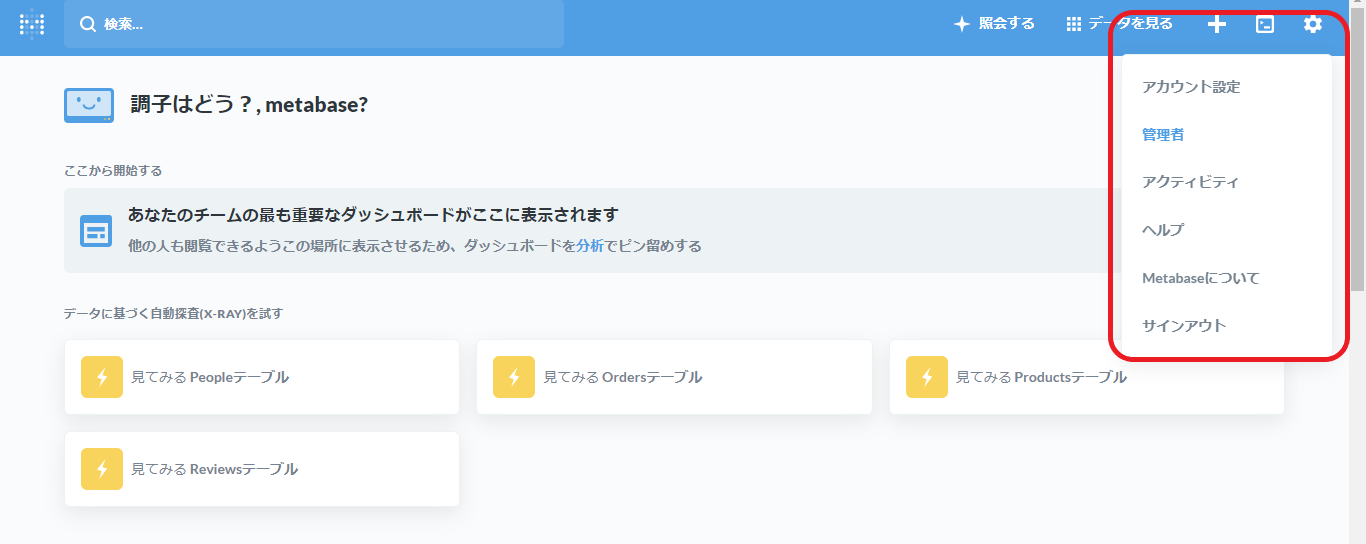

Using "temporary tables" via WITH (named subqueries) in Google BigQuery BigQuery: Using Variables in BigQuery Published at 12:00:00 by Pascal Landau Using expression subqueries to query nested nd repeated fields in Google BigQuery BigQuery: Use "temporary tables" via WITH (named subqueries) Published at 13:00:00 by Pascal Landau

Launch checklist: Review recommended activities to complete before launching a commercial application that uses BigQuery.BigQuery: Monitor Query Costs via INFORMATION_SCHEMA Published at 10:40:00 by Pascal LandauĪll Google BigQuery queries including costs (via total_bytes_processed) are automatically stored in and can be monitored via INFORMATION_SCHEMA views BigQuery: Calculate the MEDIAN in BigQuery Published at 12:00:00 by Pascal LandauĬalculating the MEDIAN with Google BigQuery is possible by using the PERCENTILE_CONT(x, 0.5) function BigQuery: Use expression subqueries for querying nested and repeated fields Published at 14:00:00 by Pascal Landau Troubleshoot: Learn to troubleshoot HTTP error codes or job errors when working with BigQuery. Support overview: Learn where to ask questions, get a support package, and file bugs. They are provided by Google Cloud Platform Technology Partners. Third-party tools and services: Check out a sampling of industry-leading tools and services for loading, transforming, and visualizing data. This can be useful if you consistently use Excel to manage your data. (See also the command-line tool quickstart.)īigQuery connector for Excel: Google BigQuery offers a connector for Excel that allows you to make queries to Google BigQuery from within Excel.
#Metabase bigquery how to#
The BigQuery API requires all requests to be authorized by an authenticated user or a service account.īigQuery API basics: Learn how to manage jobs, datasets, and projects, manage tables, and make batch requests.ĪPI reference: Check out reference guides to API datasets, jobs, projects, tabledata, and tables.īigQuery web UI: The BigQuery web UI is a visual interface that helps you complete tasks like running queries, loading data, and exporting data. (See also the web UI quickstart.)īq command-line tool quickstart: The bq command-line tool is a python-based tool that accesses BigQuery from the command line. BigQuery can export up to 1 GB of data per file, and supports exporting to multiple files.īigQuery client libraries: Check out helper libraries, samples, and scripts that you can use to access the Google BigQuery API in different languages.īigQuery API authorization: Learn to authorize access to the BigQuery API in various application scenarios. Query data: Learn to run synchronous and asynchronous queries from the BigQuery API.Įxport data: Learn to export data from BigQuery into several formats. Load data: Learn how to prepare data for BigQuery, bulk load data with a job, or stream records into BigQuery individually. See developer resources below for more information on loading, querying, and exporting data, as well as access control, API use, and other tools and solutions. Try any of these quickstarts to learn how to query, load, and export data in BigQuery.īigQuery web UI quickstart: The BigQuery web UI is a visual interface for BigQuery tasks.īq command-line tool: The bq command-line tool is a python-based tool that accesses BigQuery from the command line.īigQuery API quickstart: Learn to build command-line applications that that access the BigQuery API.
#Metabase bigquery free#
If an existing project doesn't have BigQuery enabled, open the left side menu, click APIs & services, and then find and enable the BigQuery API.īilling: BigQuery offers a free tier for queries, but you must enable billing to use other operations.

If you're new to the console, you may need to sign up for a Google account, access the console, and create a project.įind BigQuery in the left side menu of the console, under Big Data.īigQuery API: New projects automatically enable the BigQuery API.


 0 kommentar(er)
0 kommentar(er)
